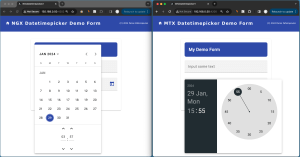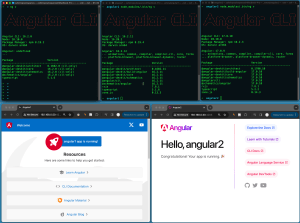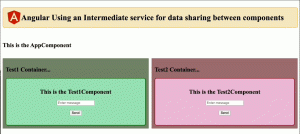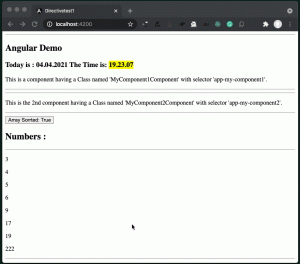A Standalone Dynamic Form – an Angular 17 implementation
This is a simple yet distinguished Angular 17 (17.2) project of mine, for a dynamic form implementation using dynamic components.

This is a simple yet distinguished Angular 17 (17.2) project of mine, for a dynamic form implementation using dynamic components.

Not an obvious behavior of an array of objects signal.

Angular Material datepicker component does not support by default time picking. It is just for selecting a date or a date range from the calendar UI. So, here we will discuss the implementation challenges of 2 of the most used Datetimepicker alternatives.

Take the following guidelines and create a new Angular project with the version of your choice. Bash script included!

Angular uses special syntaxes that allow communication between the component code (Typescript class) and its HTML template. You will find this post to be quite useful as a quick reference for various options Angular offers us when we work on templates of the components.

This post is about how to use any component as a dynamic component in Angular.

How we can start with CodeSandbox and our Angular projects. Also, how to avoid the “Invalid Host header” error.

Using a shared service to exchange data between 2 unrelated components is a quite used practice. Here, we will go coding in a step-by-step manner, to see how we can use the Subject’s flavors and avoid some commonly faced pitfalls.

Even in the case you are a newcomer, sooner or later, you will start boring the routine of repeating, again and again, the same actions.
Here there is a quite simple approach using just a pure bash shell script. No external tools or npm packages. Just a quick, clean and fast solution, especially handy for your very fundamental installations.

This the 2nd part of a 2-part post about Angular Directives. Here we focus on Structure -or Structural- Directives and also, we continue with the project of the 1st part, and we provide a step-by-step example with code, for a Custom Structural Directive.